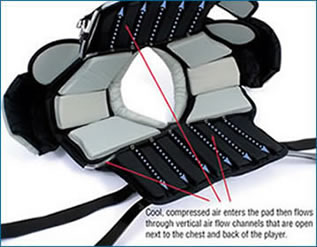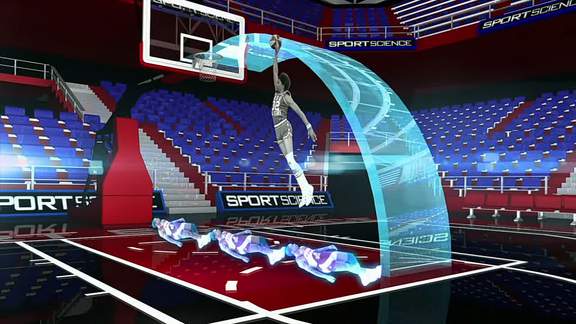
The serve in tennis is how every rally begins, each player will alternate serving after one player has served a game, they will play games competing to win enough to win the set, and a set is done once one player wins 6 games. The purpose in tennis is to be the first one to win either 1, 2, or 3 sets depending on where you are playing. Serving is a very important aspect of the game, when a player serves they are expected to win the game and when they loose it is considered to be a loss of serve, making it very important to being successful.
All serves begin with the player tossing the ball up and then striking the ball, one of the main reasons professionals are much more successful and powerful is because they toss the ball higher, as well as into the court. This allows the hit to be angled downwards and if angled correctly will still land in the opposing service square, the added height of their contact point means the do not have to ark the ball which will result in a faster serve.. As well the ball being thrown into the court will increase the hitting force of the server adding to the speed of the ball.
Another important part to a serve is right before you jump to hit the ball and during the jump. During this time professionals will; rotate their body, extend their arm, and snap their wrists as seen here. This is known as the "kinetic chain principle" which in a tennis serve is the idea that your body when it starts to move, will transfer speed and power into the next part of your body, the jump begins to transfer energy into the rotation, the rotation transfers energy into the arm movement. This allows you to serve at the highest speed possible.

The final key part of a serve is getting it inside the opponents serving box. There are two important factors here, the speed of the serve, and the amount of spin on the ball. The speed of the serve is important, because a slow serve has more control, they can be hit with an ark as well as a flatter shot, and still go in. A faster serve is much more difficult to keep in, professionals make up for their fast serves by putting a lot of spin on the ball (an average of 2400 rpm in the Association of tennis professionals). The spin creates the same effect that was discussed in the curve ball post; the Magnus force. The top spin on the ball will cause the ball to move downwards and helps to land a serve in.

The green line shows the path you want your ball to take, to land into the opponents service box.







